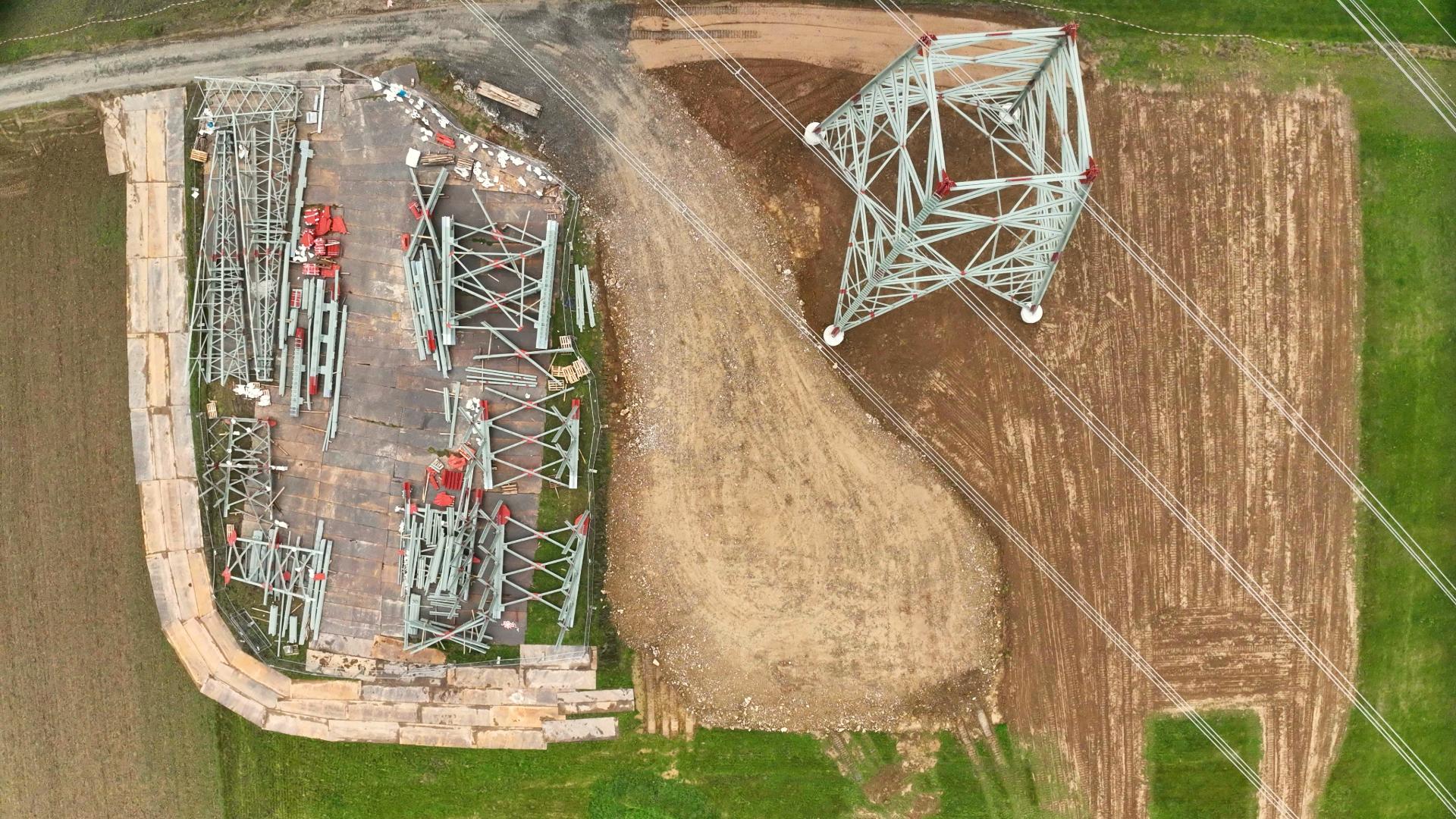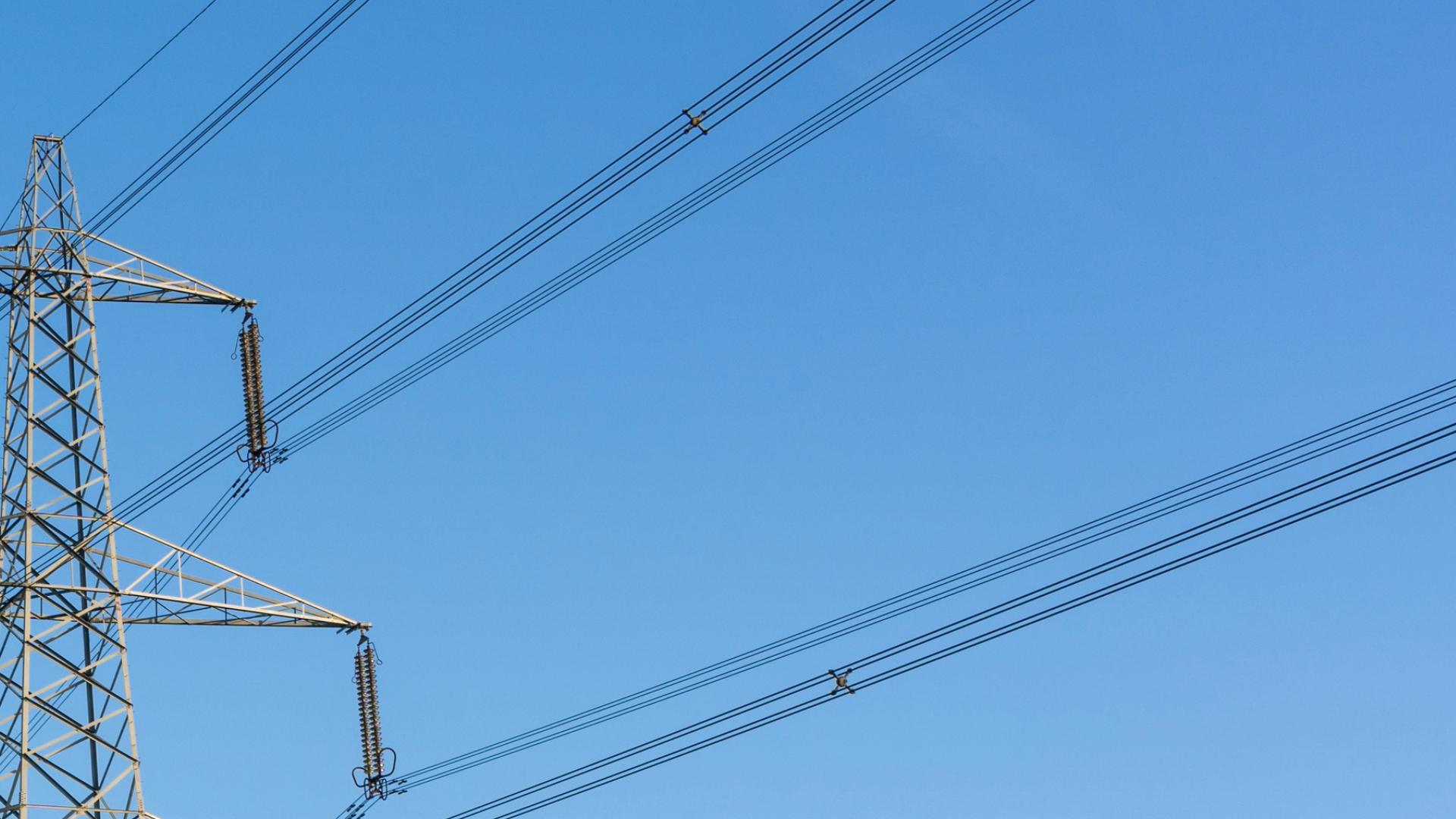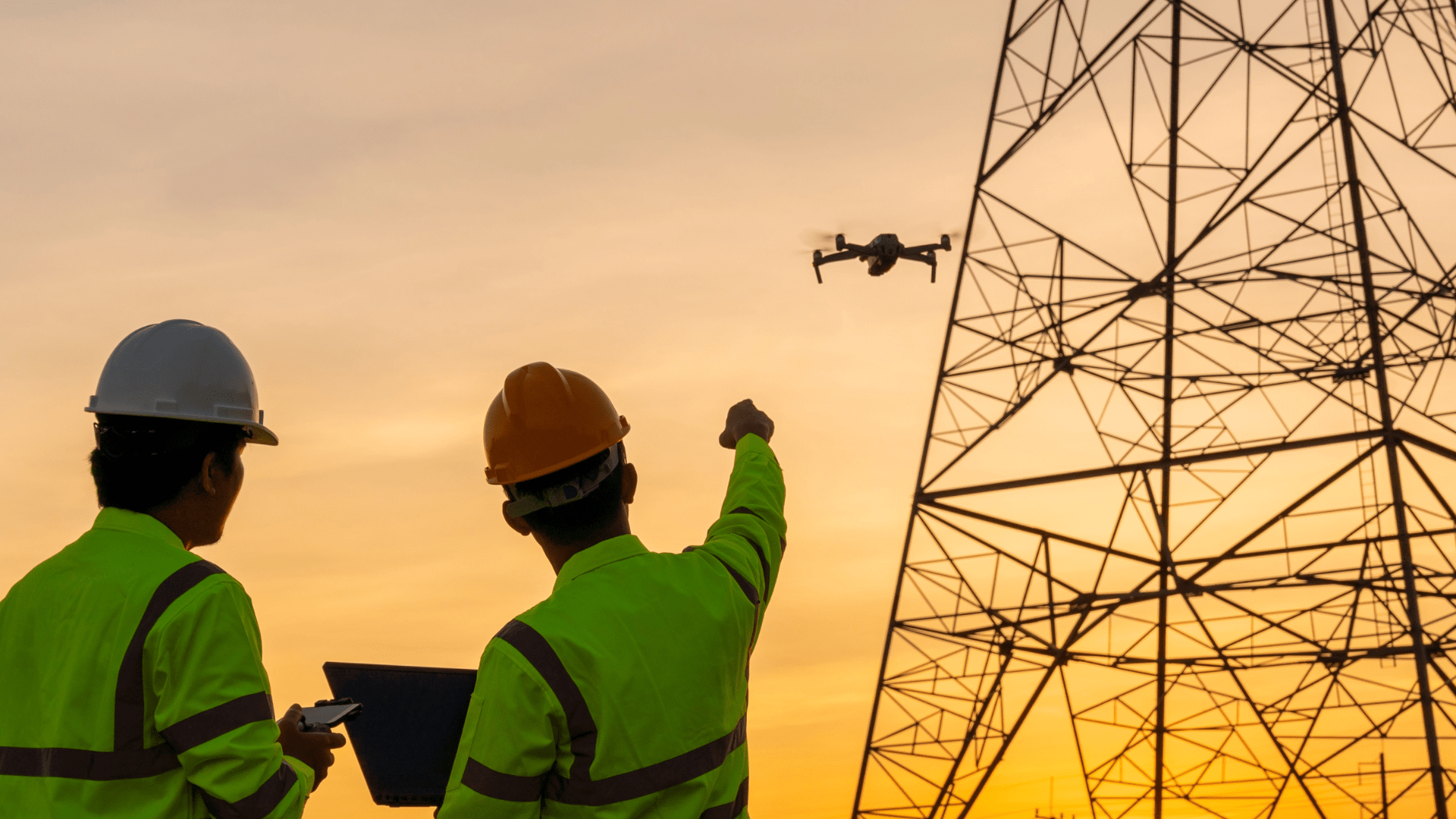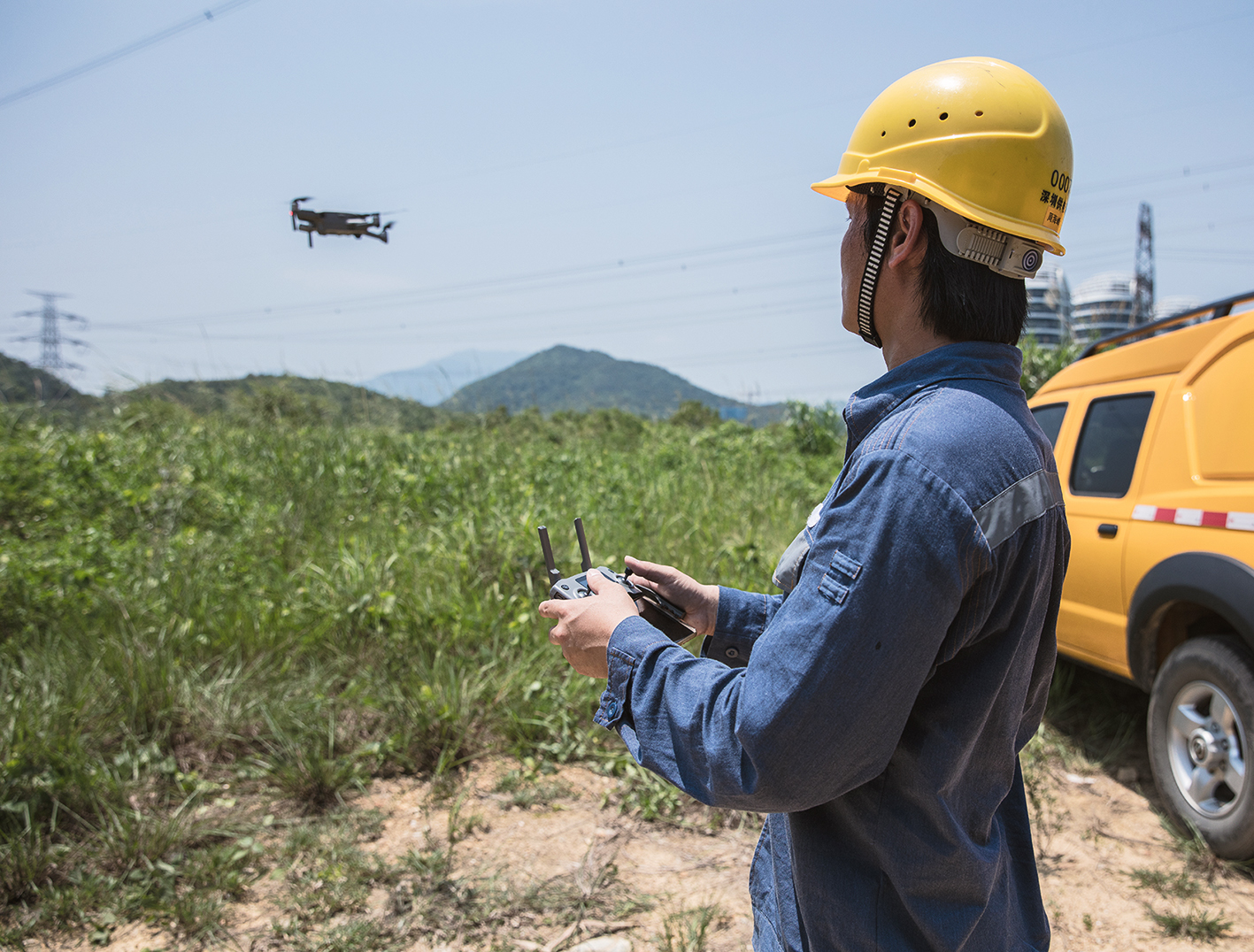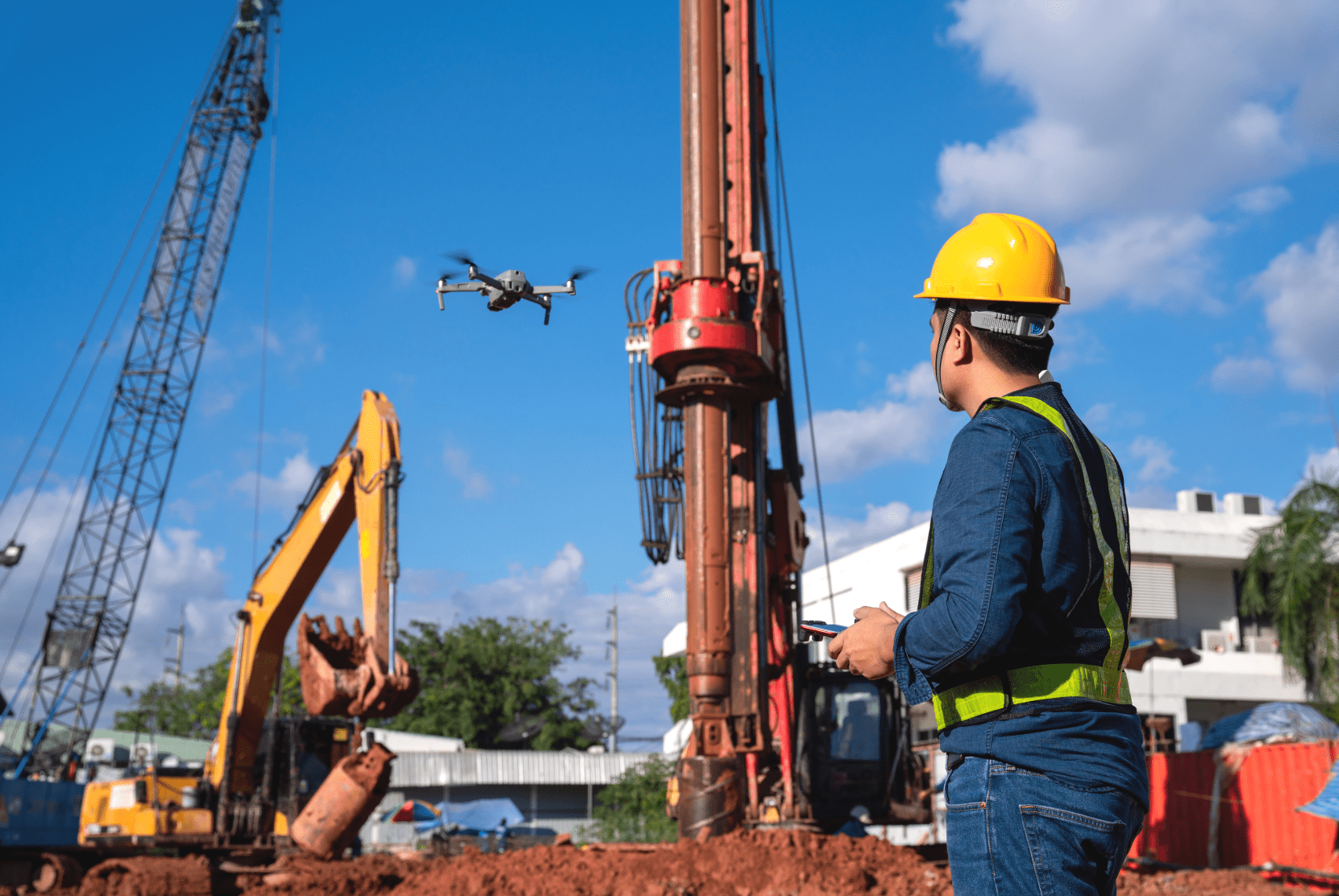Am 01.01.2021 ist es soweit:
Die neue EU-Drohnenverordnung tritt in Kraft. Das bedeutet, es kommen viele Änderungen auf Piloten und UAV Betreiber zu.
Wir werden Ihnen bis dahin regelmäßig die wesentlichen Änderungen aus der Delegierten- und Durchführungsverordnung der Kommission erklären.
Heute soll es um die Klassenidentifikationen gehen. Dabei handelt es sich um Klassen, in denen unbemannte Fluggeräte basierend auf ihre technischen Details eingeordnet werden müssen.
Insgesamt gibt es 7 Klassen. Sie werden von C0 bis C6 definiert. Sie geben Piloten und UAV Betreibern Auskunft darüber, wo und wie mit dem Fluggerät geflogen werden darf.
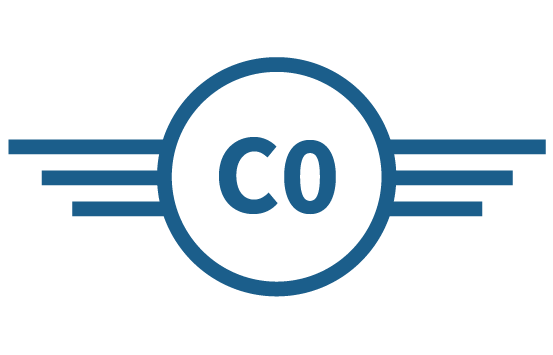
MTOM < 250 g
Höchstgeschwindigkeit Horizontalflug von 19 m/s
max. Flughöhe 120 m über Erdboden
Fernidentifizierung nicht notwendig
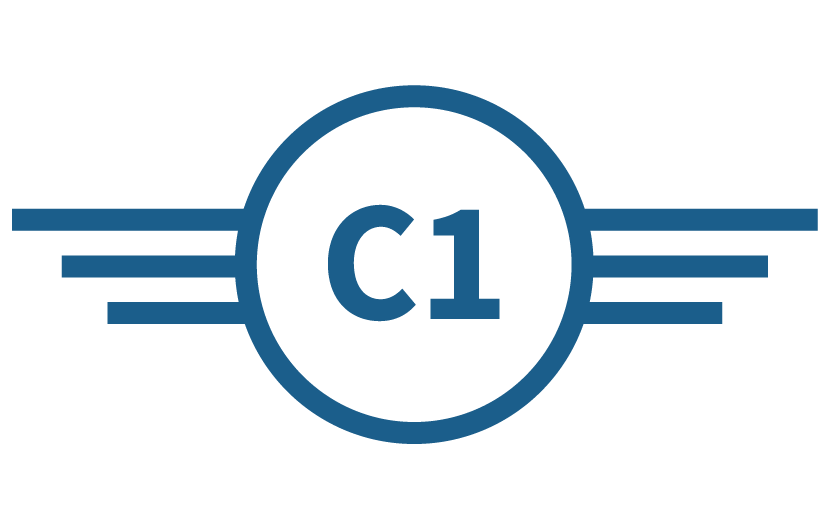
MTOM < 900 g
ODER so gebaut, dass bei Aufprall bei Endgeschwindigkeit gegen einen menschlichen Kopf, die übertragene Energie weniger als 80 Joule beträgt
Höchstgeschwindigkeit Horizontalflug von 19 m/s
max. Flughöhe 120 m über Erdboden
Fernidentifizierung notwendig
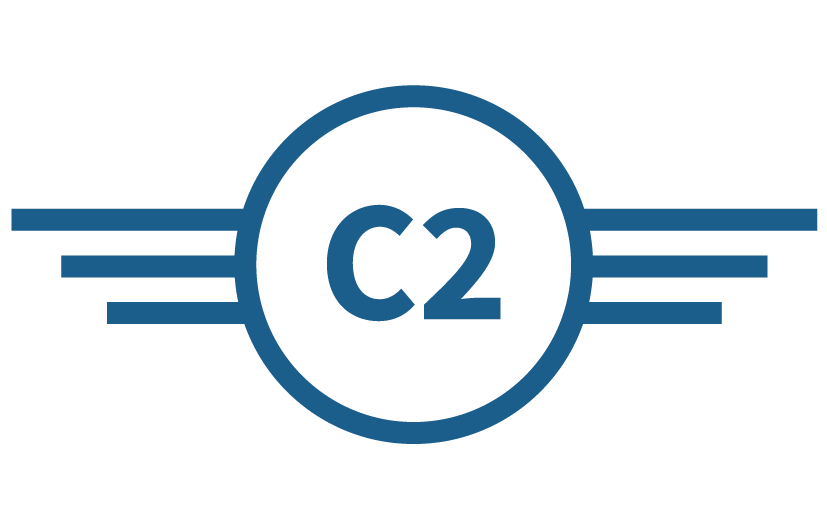
MTOM < 4 kg
Keine Höchstgeschwindigkeit
max. Flughöhe 120 m über Erdboden
Fernidentifizierung notwendig
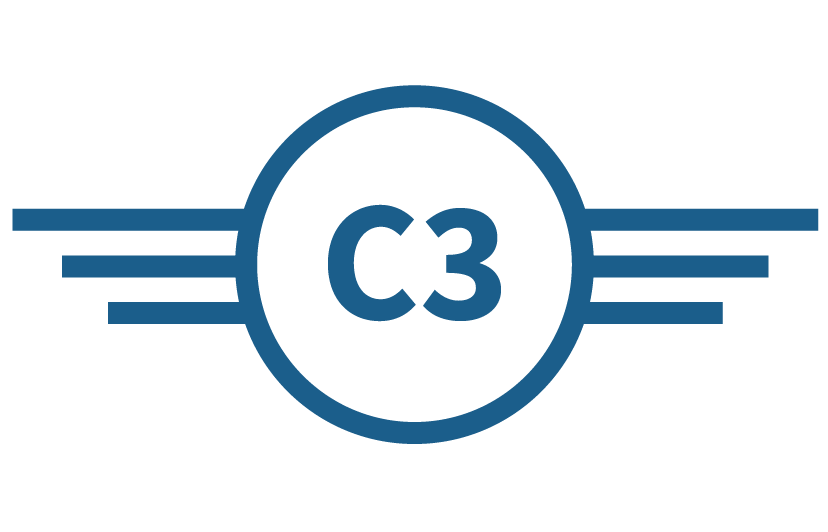
MTOM < 25 kg
Keine Höchstgeschwindigkeit
max. Flughöhe 120 m über Erdboden
Fernidentifizierung notwendig
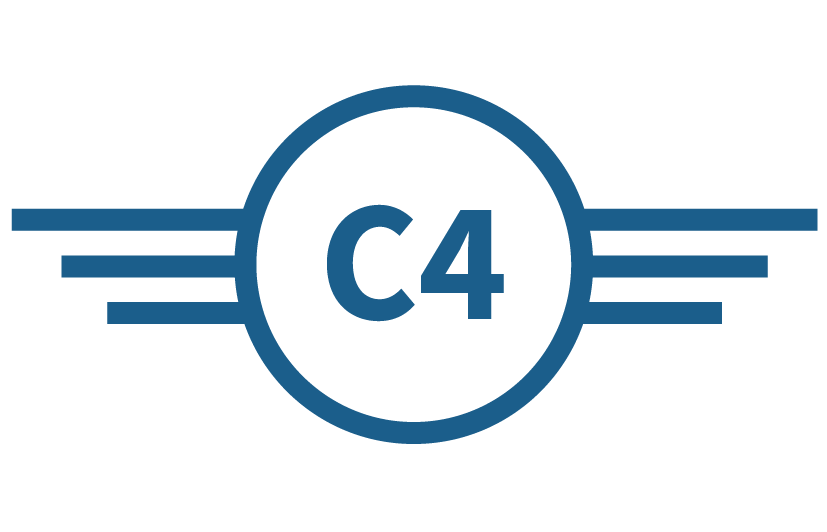
MTOM < 25 kg
Keine Höchstgeschwindigkeit
Keine max. Flughöhe
Fernidentifizierung nicht notwendig
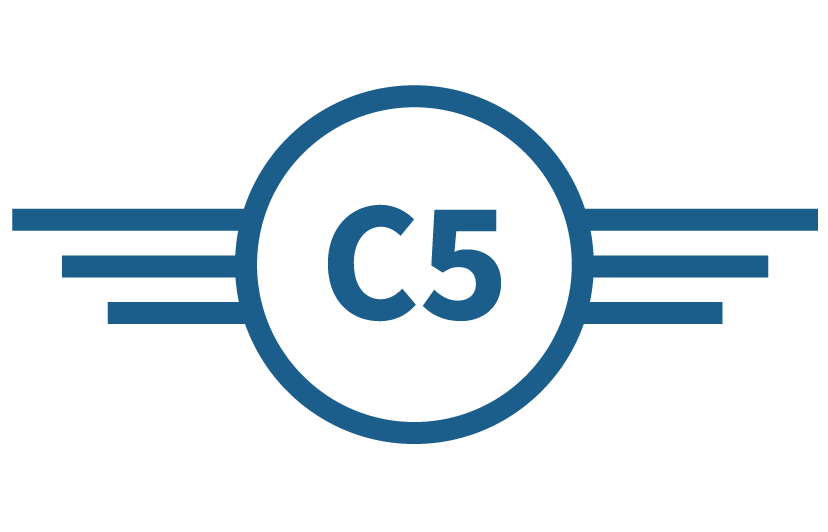
MTOM = kein maximales Gewicht vorgeschrieben
Keine Höchstgeschwindigkeit
Keine max. Flughöhe
Fernidentifizierung nicht notwendig
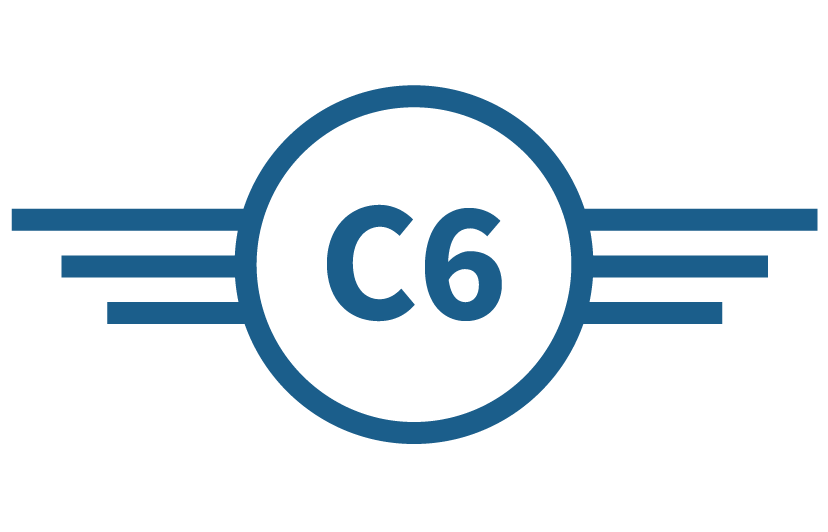
MTOM = kein maximales Gewicht vorgeschrieben
Höchstgeschwindigkeit Horizontalflug von 180 km/h
Keine max. Flughöhe
Fernidentifizierung nicht notwendig
Die DELEGIERTE VERORDNUNG (EU) 2019/945 DER KOMMISSION beschreibt die Fernidentifizierung als „ein System, das die lokale Übertragung von Informationen über ein im Betrieb befindliches UA gewährleistet und auch die Kennzeichnung des UA umfasst, sodass diese Informationen ohne physischen Zugang zum UA abgerufen werden können.“
Die vom Fluggerät ausgesendeten Daten sind:
- UAS-Betreiber-Nummer
- Seriennummer
- Positionsdaten und aktuelle Flughöhe
- Flugrichtung
- Fluggeschwindigkeit
- Startpunkt / Position des Piloten
*Die Klassen C5 und C6 sind sogesehen C3-Klasse-Drohnen mit weiteren Anforderungen.
Idealerweise wissen Sie schon vor dem Kauf Ihres neuen Geräts also, wo Sie fliegen wollen und wie Sie die Drohne einsetzen wollen. Dementsprechend wählen Sie eine geeignete klassifizierte Drohne.
Die Einführung von UAV-Klassen verfolgt die Intention, die Drohnen-Registrierung zu vereinfachen. Je höher die UAV-Klasse, desto komplizierter fällt das Verfahren aus.
Für bereits angeschaffte, also ältere Geräte soll es eine Übergangsfrist bis zum 01.01.2023 geben. Sie dürfen mit ihrem bereits vorhandenen Gerät noch bis Neujahr 2023 fliegen. Mehr darüber im zweiten Teil der Blogserie.
Die Klasse Ihres UAVs entscheidet außerdem darüber in welcher Betriebskategorie geflogen werden darf. Was das bedeutet erklären wir Ihnen im nächsten Update in Part 2 „Die Betriebskategorien“.
Dieser Artikel ist Teil einer Serie über Neuerungen und Veränderungen durch die EU-Drohnenverordnung. Unter anderem erklären wir in den Artikeln bis Ende des Jahres, wie sich die neuen Betriebskategorien unterteilen, welche Anforderungen Drohnen und Piloten zu welchen Stichtagen erfüllen müssen und was sich im Luftraum für Unbemannte Fluggeräte ändert. Wir freuen uns über Feedback, Ergänzungen und Vorschläge, um allen Leserinnen und Lesern verständliche und aktuelle Informationen bereitzustellen.
Ihr FlyNex Team
Quelle: DELEGIERTE VERORDNUNG (EU) 2019/945 DER KOMMISSION; Anhang Teil1 bis Teil 17
